A few well-chosen indoor plants can do more than brighten up your space—they can actually make you feel better, breathe easier, and focus more clearly. Science backs up what so many plant lovers already know: greenery boosts well-being. And in today’s world, bringing in a little nature is one of the easiest ways to reclaim some calm. These 12 indoor plants don’t just look good—they work quietly in the background to purify the air, shift the vibe, and thrive with minimal effort.
1. Snake Plant (Sansevieria)
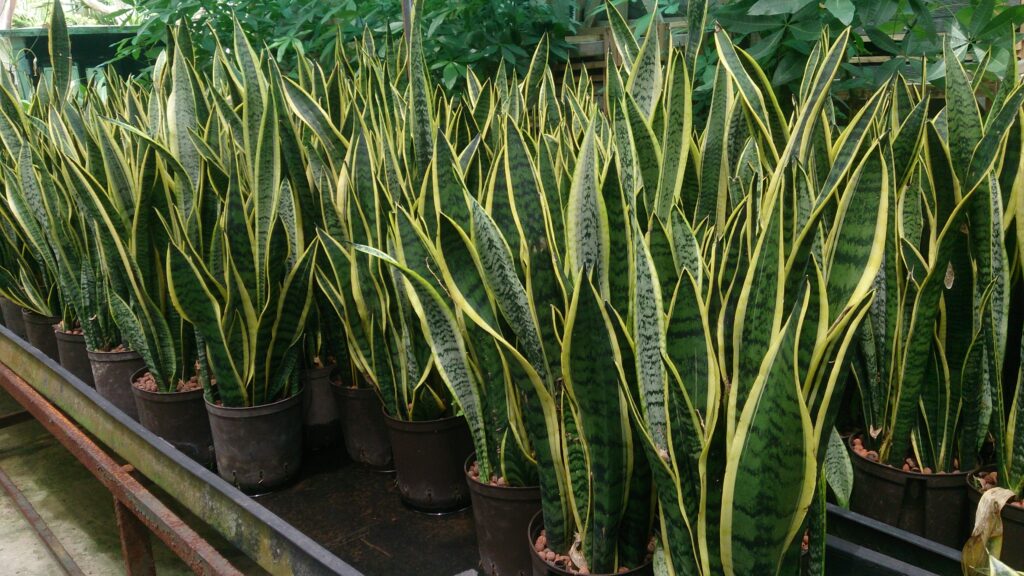
According to Bloomscape, the snake plant is one of the top-performing houseplants for removing indoor air pollutants like formaldehyde, xylene, and toluene. It’s also one of the few plants that convert CO₂ into oxygen at night, which makes it an excellent choice for your bedroom. It thrives on neglect, needing only indirect light and infrequent watering. If you’re someone who forgets to water but still wants results, this plant has your back.
Visually, its strong vertical leaves add structure and calm to any room. Designers love using it to fill awkward corners or bookend a minimalist setup. It’s especially effective in contemporary spaces, where clean lines and bold silhouettes make a big impact. Plus, it’s pet-resistant—many cats and dogs tend to leave it alone.
2. Peace Lily (Spathiphyllum)
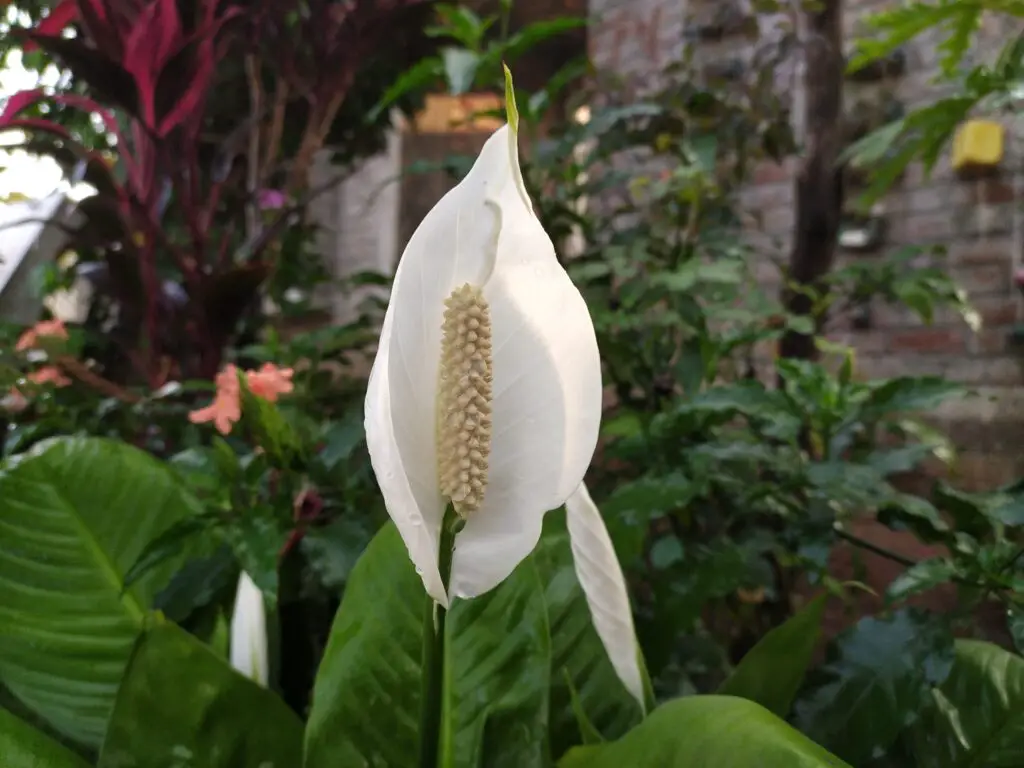
As noted by Forbes, the peace lily is both aesthetically soothing and functionally powerful. It reduces airborne toxins like ammonia and benzene, and even helps suppress mold spores in humid spaces. That makes it perfect for kitchens, bathrooms, and other moisture-prone rooms. Plus, those elegant white blooms look like natural spa accents.
Despite its delicate look, the peace lily is pretty forgiving. It only needs medium light and likes to dry out a bit between waterings. If it starts to droop, that’s just its way of asking politely for a drink. It’s a plant that keeps your space healthier without demanding too much in return.
3. Rubber Plant (Ficus elastica)
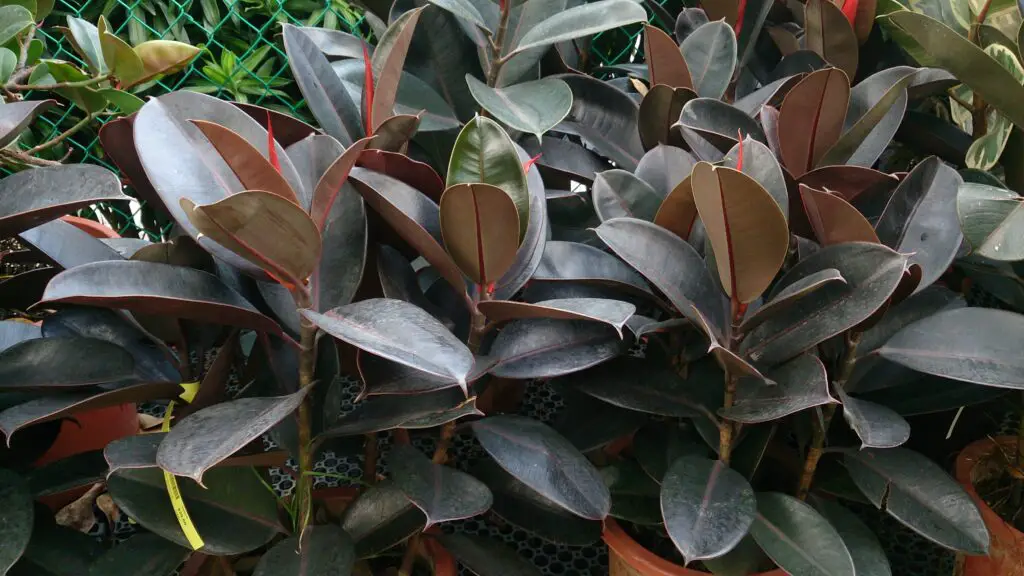
According to the University of Florida’s gardening program, rubber plants are effective at filtering toxins like carbon monoxide and formaldehyde. They also give off a noticeable boost in humidity, which can ease dry skin and breathing issues. If your indoor air tends to feel stale or dry, this glossy-leaved wonder can subtly shift the whole atmosphere. Its bold, dramatic leaves also make it a designer favorite.
Rubber plants are happiest in bright, indirect light and don’t need daily care. Wipe down the leaves once in a while to help with their air-purifying power. They’re also slow-growing, so you won’t be overwhelmed by size changes. Consider it your low-maintenance air-refreshing sculpture.
4. Areca Palm (Dypsis lutescens)
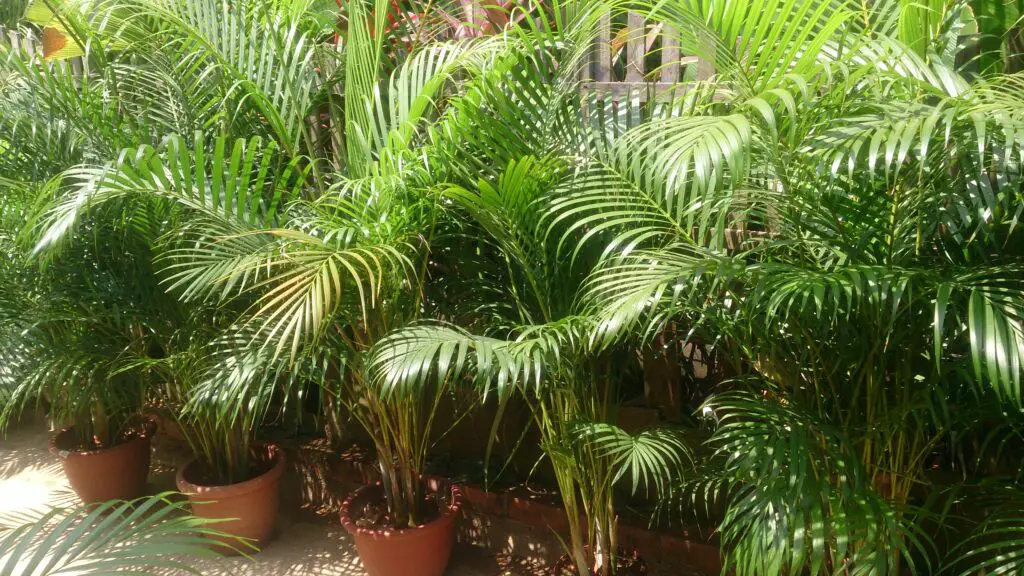
As highlighted by The Guardian, the areca palm not only boosts oxygen but also acts as a natural humidifier, releasing moisture into the air. It’s especially helpful in dry climates or homes with heavy AC use. This lush, feathery plant can grow several feet tall, instantly creating a resort-like feeling indoors. Designers often use it to soften hard edges and add movement to static corners.
Care-wise, it likes bright, indirect light and regular watering—but it’s not too fussy. With the right care, it can thrive for years, growing into a striking indoor focal point. It’s also non-toxic to pets, which makes it a great choice for dog or cat owners. It’s basically the palm tree that’s totally fine staying indoors.
5. Pothos (Epipremnum aureum)
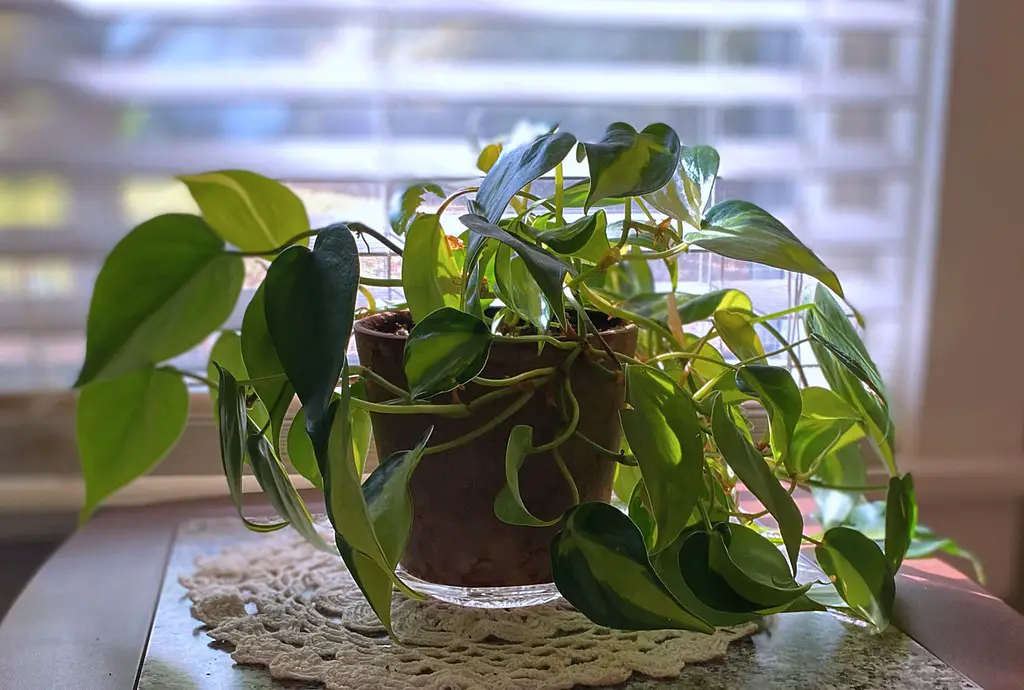
Pothos is practically the definition of low-maintenance beauty. It’s a trailing vine that can handle low light, sporadic watering, and even some neglect while still purifying the air. It helps filter out formaldehyde and carbon monoxide, making it a useful addition to stuffy apartments or city homes. The heart-shaped leaves add a natural softness wherever you hang or drape them.
You’ll often find pothos in kitchens, bedrooms, or home offices because of how adaptable it is. Let it spill from a high shelf or train it along a curtain rod for maximum visual impact. Bonus: it roots easily from cuttings, so one plant can become many. If you’re someone who wants to share plants with friends, this one gives generously.
6. ZZ Plant (Zamioculcas zamiifolia)
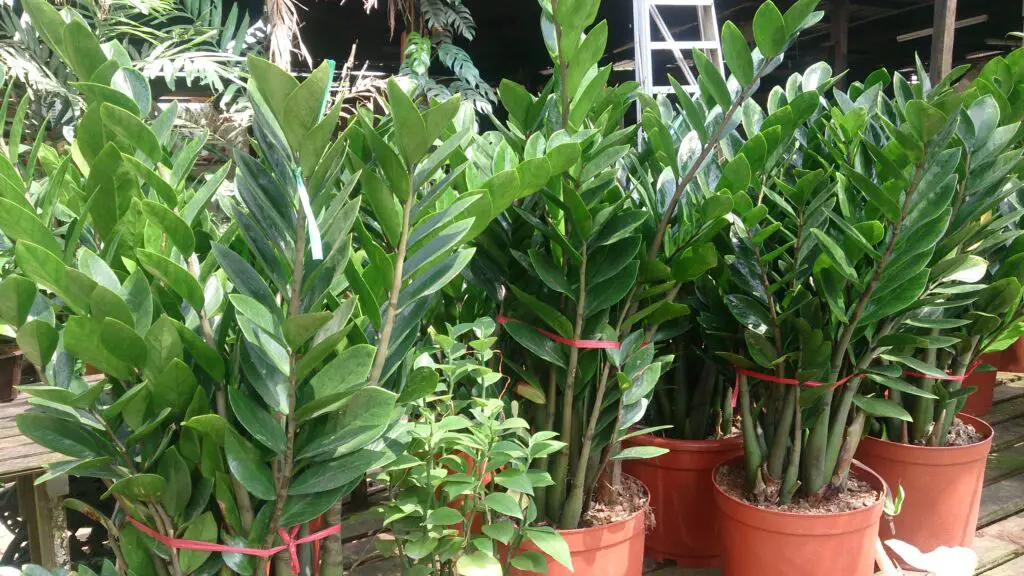
The ZZ plant is almost impossible to kill—and yet it does a lot more than just sit there. It helps clean the air of benzene, toluene, and xylene, making it especially useful in spaces with synthetic fabrics or paints. Its thick, waxy leaves also reflect light and add a calming shine to darker rooms. It’s a plant that plays well with modern design, especially in neutral palettes.
It’s one of the best choices for anyone who wants greenery with zero drama. It tolerates low light, skips multiple waterings without issue, and still looks lush year-round. ZZ plants also grow slowly, which means no pruning marathons or surprise repottings. They’re sleek, smart, and satisfyingly simple.
7. Aloe Vera
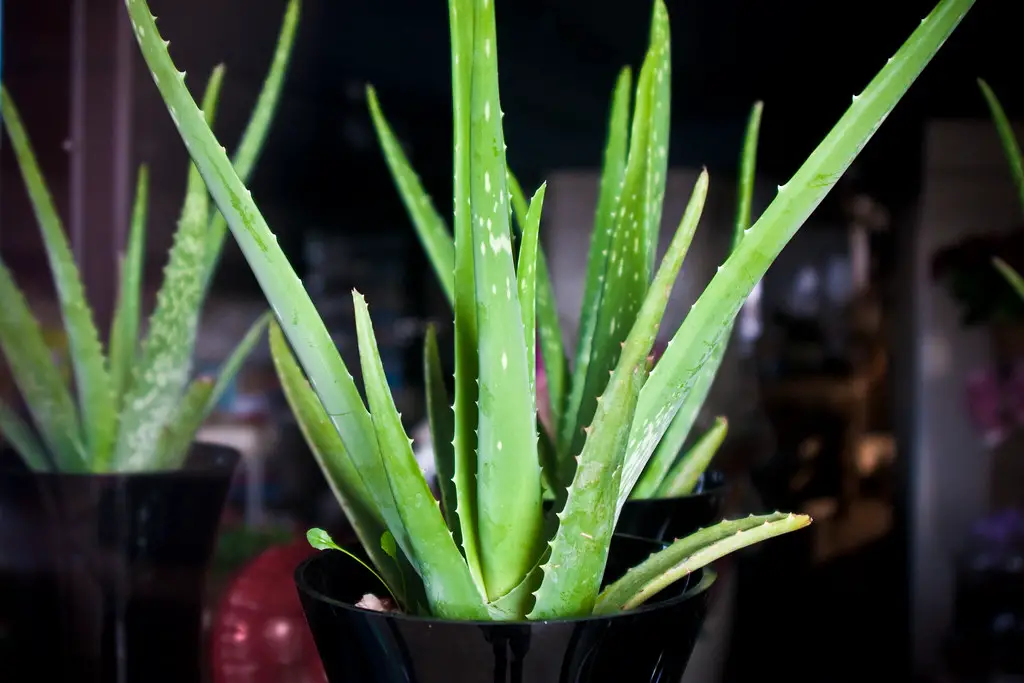
Yes, aloe is great for sunburns—but it’s also working quietly to purify your air. It helps remove formaldehyde and benzene, often found in cleaning products and paint. Its fleshy leaves store water, so it thrives in dry conditions and bright sun. That makes it an ideal companion for sunny windowsills and forgetful owners.
Plus, it doubles as a skincare station. Snap off a leaf to soothe minor cuts, irritation, or dry skin. Aloe’s sculptural shape also adds a desert-chic vibe to modern homes. Just be cautious with pets—it’s mildly toxic if ingested.
8. Boston Fern (Nephrolepis exaltata)
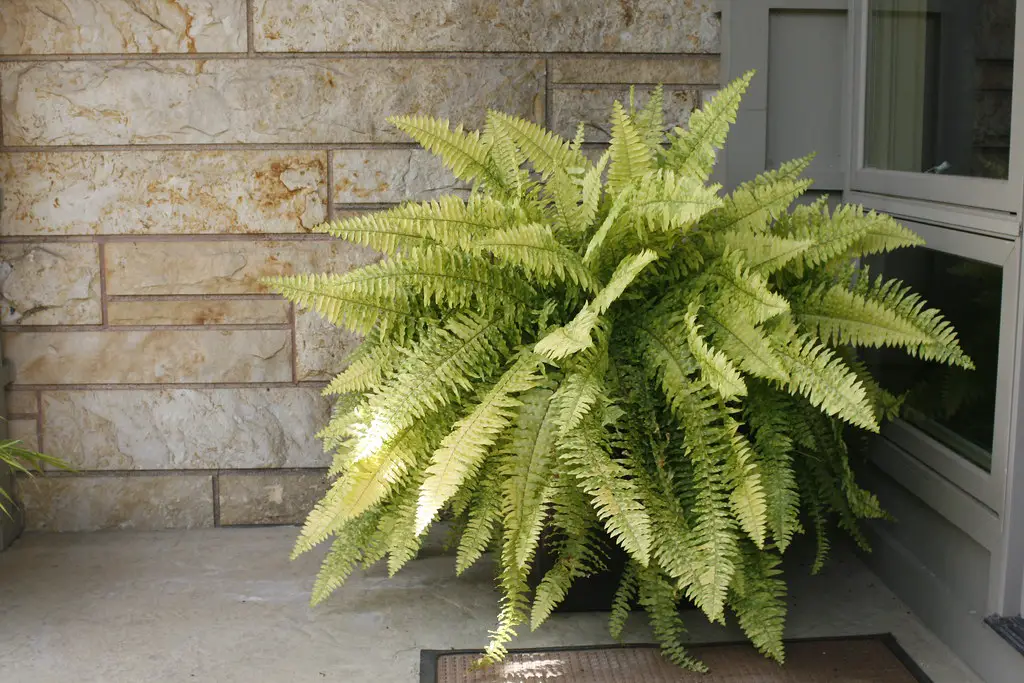
This shaggy, classic fern isn’t just good-looking—it’s a powerhouse for removing indoor air pollutants. It’s particularly helpful for boosting humidity, which supports respiratory health and keeps dry skin in check. It thrives in bathrooms and kitchens, where steam helps keep its fronds lush. If you’re into vintage or cottagecore décor, this fern fits right in.
While it does need consistent moisture, it’s worth the extra spritzing. Keep it in indirect light and don’t let the soil dry out completely. Its full, airy shape can soften harsh corners and bring a touch of nature into hard-edged rooms. Think of it as both purifier and plant-based puff of calm.
9. Spider Plant (Chlorophytum comosum)
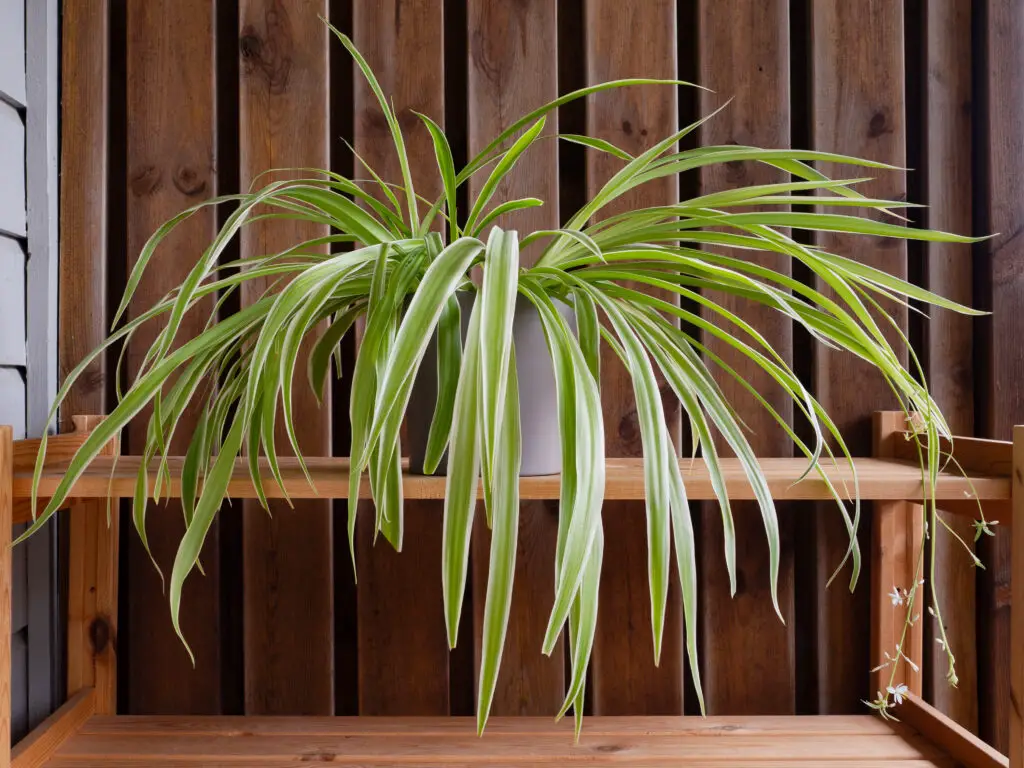
Spider plants are friendly, fast-growing, and fantastic at clearing out airborne nasties like carbon monoxide and formaldehyde. They’ve been shown to reduce indoor air pollutants in studies, even in rooms with poor circulation. Their long, arching leaves make them great in hanging baskets or atop high shelves. Plus, they shoot out baby plants (called “pups”), which you can pot and share.
They adapt easily to different lighting conditions and don’t mind a missed watering. Spider plants are also safe for pets, so they’re a good choice for multi-species households. With their cheery look and fresh green-and-white striping, they instantly brighten a space. They’re like the cheerful overachiever of the plant world—easy to love and eager to please.
10. Chinese Evergreen (Aglaonema)

Chinese evergreen is as versatile as it is beautiful, with leaves that come in greens, silvers, and even soft pinks. It’s known for filtering toxins and tolerating a wide range of indoor conditions, including low light and dry air. If your home doesn’t have ideal plant conditions, this one will still show up and do the work. It’s a strong pick for beginners who want something that looks a little exotic without being high-maintenance.
It also pairs well with more maximalist interiors thanks to its patterned foliage. Use it to break up visual monotony or add interest to an entryway. Just keep it out of reach of pets, as it’s mildly toxic. Overall, it’s a plant that proves beauty and resilience aren’t mutually exclusive.
11. Lavender (Lavandula)
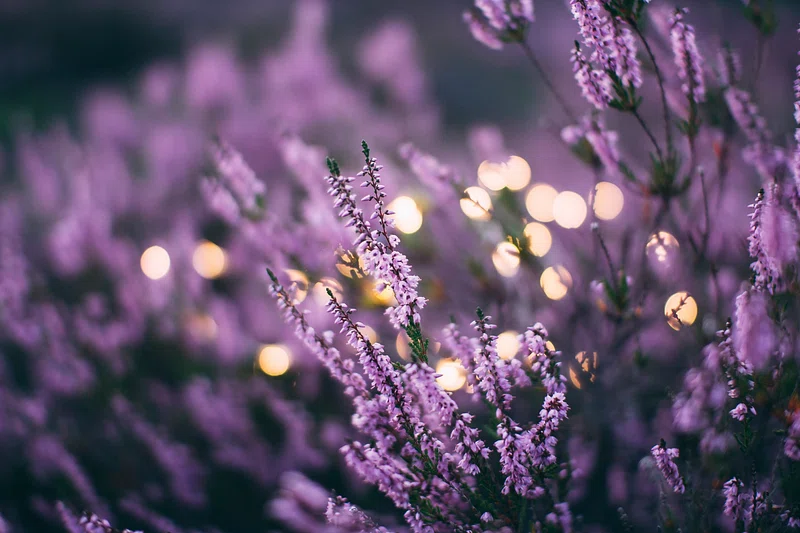
Lavender might be better known for its scent than its air-purifying abilities, but it’s doing both. It promotes relaxation and better sleep, thanks to the soothing properties of its essential oils. Place it in a sunny spot near a bedroom or meditation area, and you’ll start to notice the calming effect. It prefers dry soil and lots of light, so a south-facing window is ideal.
Besides the scent, its soft purple blooms add a touch of color that’s instantly uplifting. Lavender is a favorite in wellness-focused interiors because it brings nature, beauty, and aromatherapy together. It may not be as robust as a pothos, but the energy shift it brings is worth the extra sunlight. Think of it as your personal plant-powered diffuser.
12. Philodendron
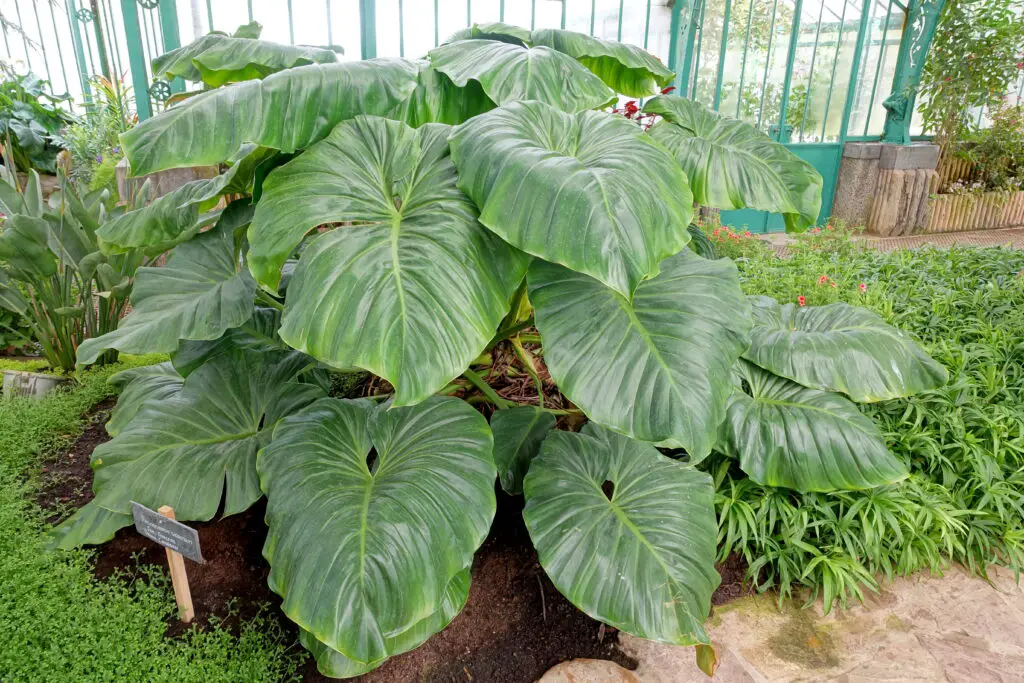
Philodendrons are among the most reliable indoor plants, and they also help reduce VOCs (volatile organic compounds) in the air. With their trailing vines and large, heart-shaped leaves, they feel both comforting and lush. They thrive in indirect light and don’t ask for much—just some water when the topsoil feels dry. Whether it’s a heartleaf or a split-leaf variety, they fill a space with grounded, leafy energy.
They also grow quickly and adapt easily to different environments. Let them climb, trail, or wrap around furniture for a slightly wild, cozy look. Philodendrons are great for home offices, adding oxygen and visual softness to tech-heavy spaces. They’re the perfect reminder that green space doesn’t require a green thumb.
